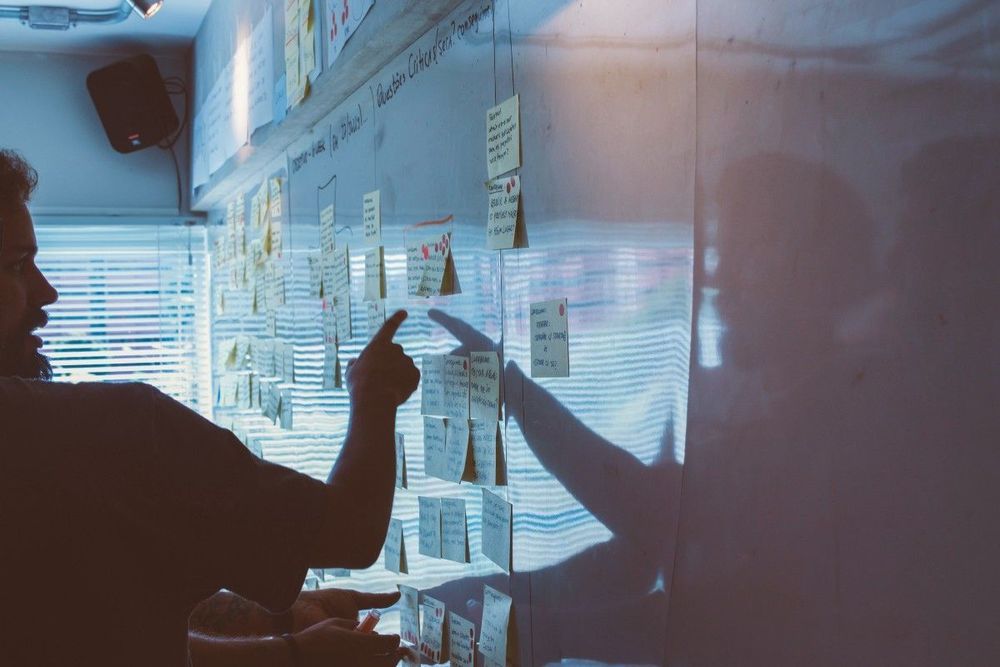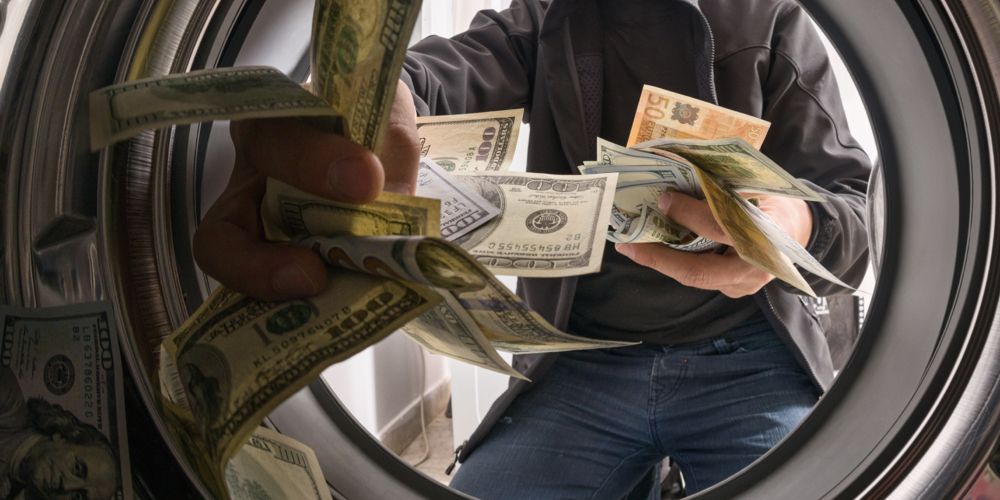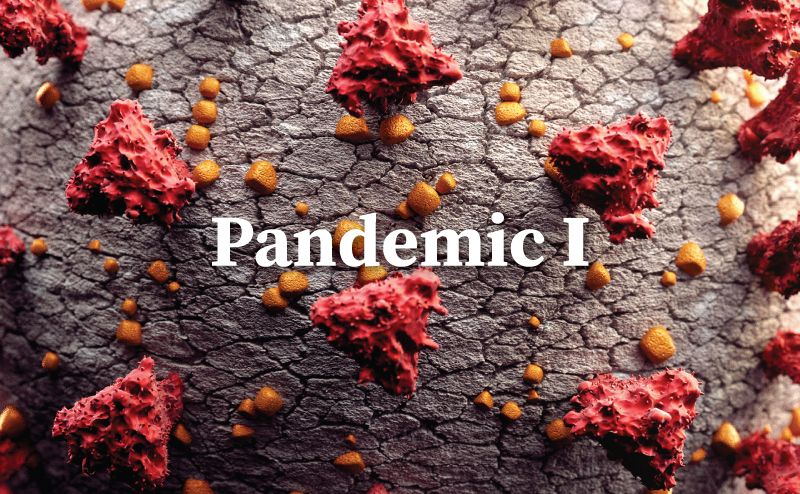As an AI Consultant, I often have to evaluate AI startups to determine if their solutions would make sense for us and if they can become a real business partner over the long term. Our process for evaluating startups is more or less…


During the 1918 flu, San Francisco lifted its lockdown early — and paid a dire price.
» Subscribe to NowThis: http://go.nowth.is/News_Subscribe
» Sign up for our newsletter KnowThis to get the biggest stories of the day delivered straight to your inbox: https://go.nowth.is/KnowThis
In US news and current events today, the coronavirus pandemic, the COVID-19 outbreak has had people around the world in lockdown. People in the United States and the world at large have had to quarantine and practice social distancing and self-isolation when necessary.
Some states, like Georgia, are beginning to reopen businesses, but history has shown us that lifting a lockdown too early can have dire consequences. Here’s how San Francisco’s early lifting of regulations during the 1918 flu, a strain of H1N1 virus also referred to as the Spanish flu, nearly doubled the death toll of the city.
#Coronavirus #Lockdown #SanFrancisco #Pandemic #Flu #News #NowThis #NowThisNews
Connect with NowThis
» Like us on Facebook: http://go.nowth.is/News_Facebook
» Tweet us on Twitter: http://go.nowth.is/News_Twitter
» Follow us on Instagram: http://go.nowth.is/News_Instagram
» Find us on Snapchat Discover: http://go.nowth.is/News_Snapchat
NowThis is your premier news outlet providing you with all the videos you need to stay up to date on all the latest in trending news. From entertainment to politics, to viral videos and breaking news stories, we’re delivering all you need to know straight to your social feeds. We live where you live.


Download the full report here.
In 2017, Bellingcat and Transparency International UK published their joint report, “Offshore in the UK”, describing the phenomenon of Scottish Limited Partnerships (“SLPs”) and their use as a mechanism in global money laundering scandals and a range of illicit activities. Since then, SLPs have continued to be implicated in further scandals, perhaps most notably the Azerbaijani Laundromat, a scheme where $2.9 billion was laundered through UK companies.
In the same year, SLPs became obliged to register their Person of Significant Control at Companies House, and the boom in registrations ended. The government subsequently ran a public consultation into limited partnerships, and published its conclusions in December 2018. Currently, SLP registrations are at their lowest level since 2010. Nevertheless, a lack of regulation allowed thousands of opaquely owned partnerships, typically with no tangible link to the Uk, to flourish over a seven year period. We do not have the details of the business activities of these SLPs, who controlled them, or who their true beneficial owners are.

During World War II, an amazing amount of innovation, including radar, reliable torpedoes, and code-breaking, helped end the war faster. This will be the same with the pandemic. I break the innovation into five categories: treatments, vaccines, testing, contact tracing, and policies for opening up. Without some advances in each of these areas, we cannot return to the business as usual or stop the virus. Below, I go through each area in some detail.
The scientific advances we need to stop COVID-19.
By Bill Gates


This is my business, but I bet many never heard of this:
There’s diamond under them thar plants. A geologist has discovered a thorny, palmlike plant in Liberia that seems to grow only on top of kimberlite pipes—columns of volcanic rock hundreds of meters across that extend deep into Earth, left by ancient eruptions that exhumed diamonds from the mantle. If the plant is as choosy as it seems to be, diamond hunters in West Africa will have a simple, powerful way of finding diamond-rich deposits. Prospectors are going to “jump on it like crazy,” says Steven Shirey, a geologist specializing in diamond research at the Carnegie Institution for Science in Washington, D.C.
Miners have long known that particular plants can signal ore-bearing rocks. For example, Lychnis alpina, a small pink-flowering plant in Scandinavia, and Haumaniastrum katangense, a white-flowered shrub in central Africa, are both associated with copper. That’s because the plants are especially tolerant to copper that has eroded into soils from the mother lodes.
But the new plant, identified as Pandanus candelabrum, is the first indicator species for diamond-bearing kimberlite, says Stephen Haggerty, a researcher at Florida International University in Miami and the chief exploration officer of Youssef Diamond Mining Company, which owns mining concessions in Liberia. Haggerty suspects that the plant has adapted to kimberlite soils, which are rich in magnesium, potassium, and phosphorus. “It sounds like a very good fertilizer, which it is,” says Haggerty, who has published the discovery in the June-July issue of Economic Geology.

#Hackers are seeking to exploit the roll-out of government financial relief plans to fill their own pockets at the expense of businesses and affected workers, Israeli cyber researchers have revealed.
Hackers are exploiting the rollout of governmental financial relief to fill their pockets at the expense of businesses and affected workers, according to Israeli cyber researchers.
In recent weeks, governments have sought to ease cash-flow shortages and avoid a recession with ambitious stimulus packages and grants to households, including a massive $2 trillion economic package in the United States.
According to researchers at Israeli cybersecurity giant Check Point, a major increase in malicious and suspicious domains related to relief packages has been registered in recent weeks. The hackers aim to scam individuals into providing personal information, thereby stealing money or committing fraud.
“To do this, they are evolving the scam and phishing techniques that they have been using successfully since the start of the pandemic in January,” the researchers wrote in a recent report.

Washington (AFP) — The wealthy Bill & Melinda Gates Foundation called Wednesday for global cooperation to ready COVID-19 vaccines for seven billion people, while offering $150 million toward developing therapeutics and treatments for the virus.
While it is likely to take as many as 18 months to develop and fully test a safe coronavirus vaccine, global authorities and businesses need to start now on plans to manufacture it, said foundation chief executive Mark Suzman.
“It’s normal to have, at maximum, hundreds of millions of doses manufactured,” he said.

Officials of the U.S. Defense Advanced Research Projects Agency (DARPA) in Arlington, Va., issued a small-business innovation research (SBIR) solicitation (HR001120S0019-05) for the Wearable Laser Detection and Alert System.
DARPA researchers want to understand the feasibility of a wearable laser sensor that can detect laser irradiation rapidly during the day and at night and alert the wearer in real-time of lasing.
DARPA wants a wearable laser-detection system with low size, weight, and power consumption (SWaP) that would act as a stand-alone sensor to detect laser illumination over the 450-to-1600-nanometer visible to shortwave infrared region.